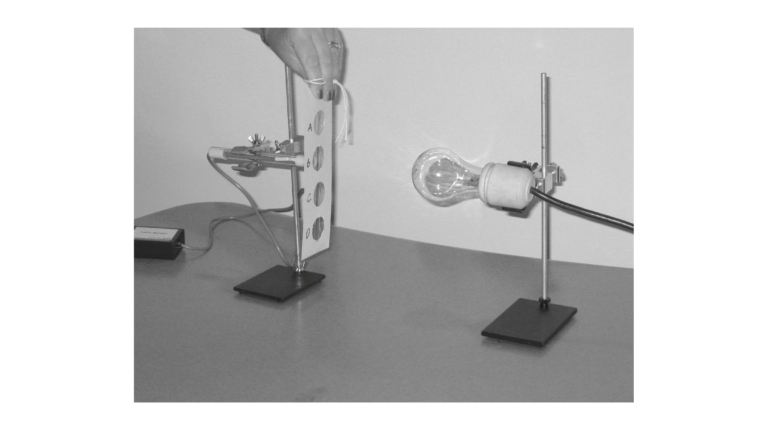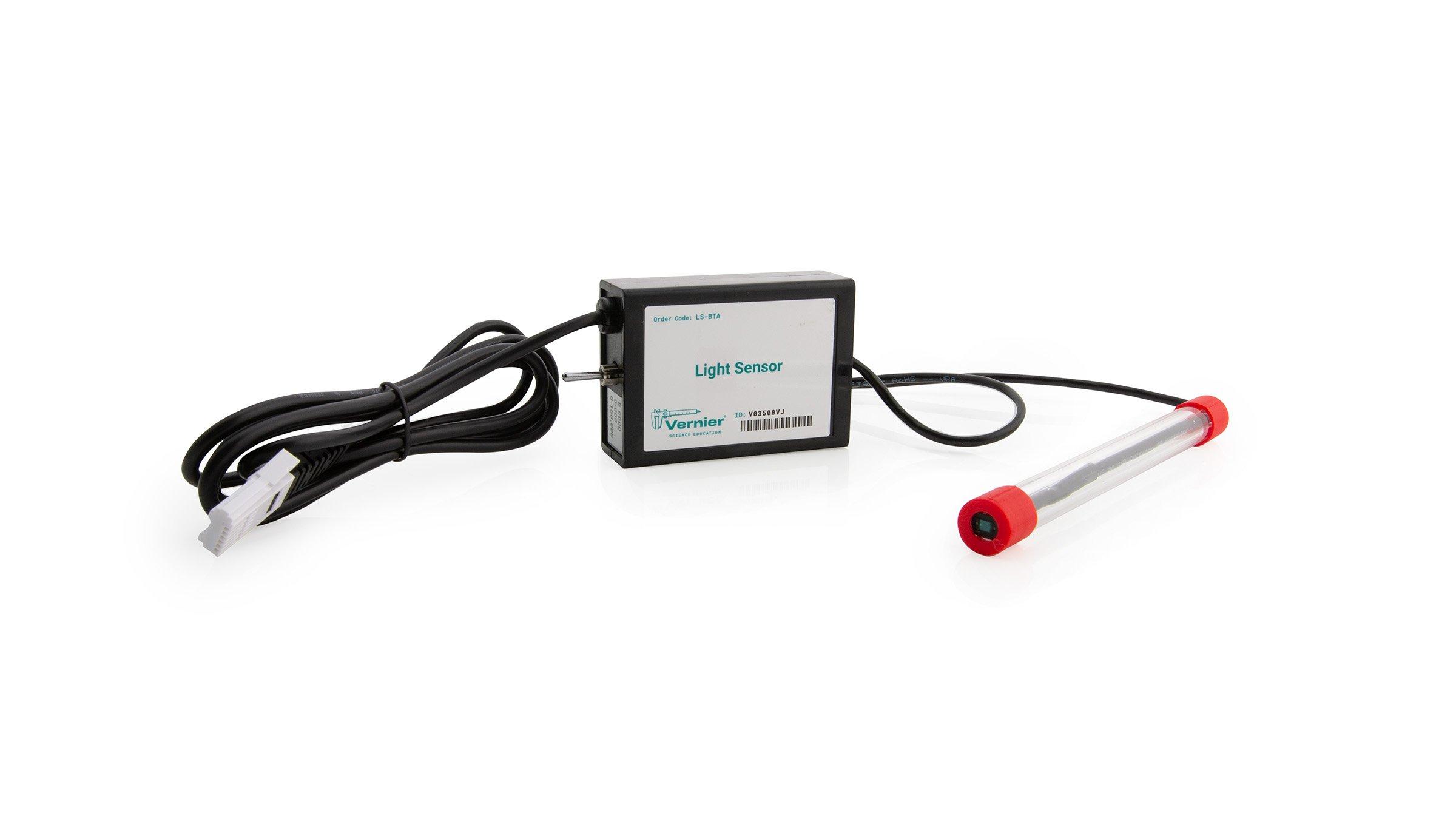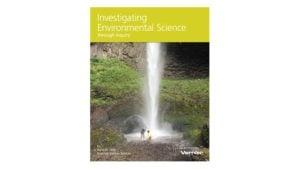Measuring Particulates
Experiment #32 from Investigating Environmental Science through Inquiry
- Subject
- Environmental Science

Introduction
Air pollution affects everyone. It comes in various forms including emitted gases, ozone, and particulate matter. Short-term exposure to air pollution can result in throat and eye irritation as well as difficulty breathing. Prolonged exposure to particulate pollution can result in chronic health concerns, such as cancer and damage to the body’s immune, neurological, reproductive, and respiratory systems. Those most susceptible include the elderly, children, and people with asthma. There are guidelines in place to alert people to days during which the air pollution levels may be high.
Particulate matter consists of a mixture of particles ranging from large particles such as smoke, dust, and pollen to smaller ones from vehicle exhaust and coal-fired plants. The major contributors of particulates to the air you breathe include coal and oil burning power plants, diesel engines, and wood-burning fireplaces. Natural sources of particulate matter include volcanic ash, pollen, and dust. The amount of particulate matter in the air can be measured using various techniques. One technique uses a device that collects particles on a filter strip and periodically shines light through the strip to record the difference in light transmittance. This difference correlates to the particle mass collected over a period of time. You will use a similar technique.
Objectives
In the Preliminary Activity, you will make a particulate test card and gain experience using a Light Sensor while determining light transmittance through the test card.
After completing the Preliminary Activity, you will first use reference sources to find out more about particulate air pollutants before you choose and investigate a researchable question.
Sensors and Equipment
This experiment features the following sensors and equipment. Additional equipment may be required.
Correlations
Teaching to an educational standard? This experiment supports the standards below.
- International Baccalaureate (IB)/Environmental Systems and Societies
- 6.3 Photochemical smog
Ready to Experiment?
Ask an Expert
Get answers to your questions about how to teach this experiment with our support team.
- Call toll-free: 888-837-6437
- Chat with Us
- Email support@vernier.com
Purchase the Lab Book
This experiment is #32 of Investigating Environmental Science through Inquiry. The experiment in the book includes student instructions as well as instructor information for set up, helpful hints, and sample graphs and data.


